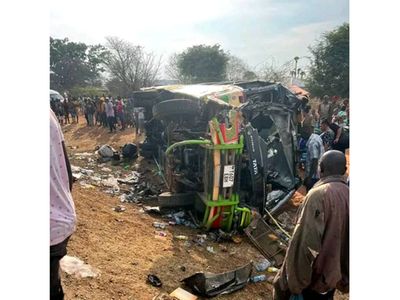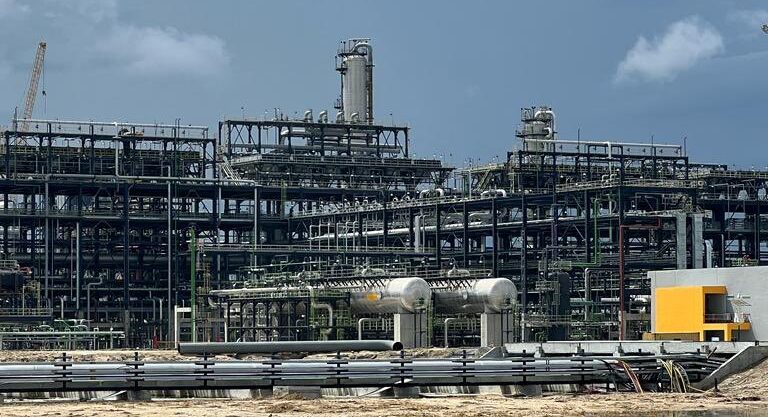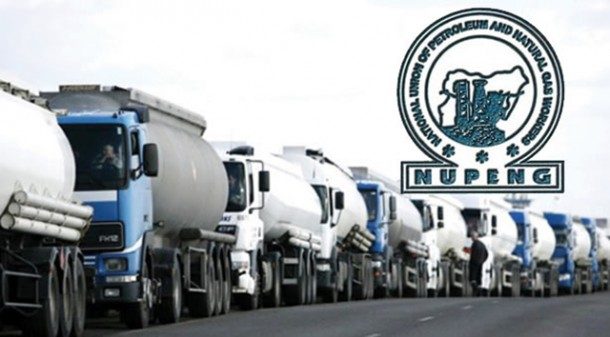Following the recent crash of one of Ghana’s Harbin Z-9EH helicopters, a public claim that the aircraft were gifts from China has prompted clarification from policy analyst Bright Simons.
In a detailed statement on social media, Simons described the claim—attributed to a retired Wing Commander of the Ghana Air Force—as “incorrect,” and provided documentary and contractual context to the acquisition.
According to Simons, Ghana did not receive the helicopters as donations. Rather, they were purchased from the China National Aero-Technology Import & Export Corporation (CATIC), a major Chinese defence contractor currently pursuing additional defence deals in the country.
CATIC, he stated, is actively seeking to supply major platforms to the Ghana Navy, with negotiations also covering maintenance and overhaul contracts for both helicopters and the Air Force’s fixed-wing attack aircraft.
The procurement was financed under a $3 billion China Development Bank (CDB) loan agreement signed in 2011. The loan was structured in two tranches, each intended to cover multiple credit facilities for a total of twelve major projects.
However, disagreements over the oil collateral required by the Chinese side led to the loan being capped, which prevented the delivery of all projects initially earmarked.
The helicopter purchase fell under Tranche B, specifically within a $150 million “ICT surveillance” component of the loan. This tranche, according to Simons, was executed ahead of Tranche A projects.
Ghana Gas was designated as the notional beneficiary of this component, with the helicopters intended to monitor oil and gas infrastructure in the Western Region—including oilfields, installations, pipelines, and processing plants.
Although the specific unit price of the Z-9EH helicopters was not disclosed, Simons estimated, by deducting the cost of the Huawei component of the project, that each aircraft likely cost around $11 million. The final price would have depended on the Ghana Air Force’s chosen customisation specifications.
The original plan was to integrate live aerial feeds from the helicopters and other platforms into a central console for continuous monitoring of Ghana’s petroleum infrastructure. Simons noted that this vision was later abandoned for undisclosed reasons, and no official explanation has been provided.
In operational terms, Ghana Air Force’s 2 Squadron typically handles Very Very Important Person (VVIP) transport duties. However, Simons said 2 Squadron does not currently operate helicopters, leading 3 Squadron to take on an increasing share of VVIP air transport.
None of the Air Force’s Mi-17, Agusta/Bell, or Z-9 aircraft are configured for VVIP service, he explained—something that could become an area of scrutiny in the ongoing investigation into the recent crash.
By comparison, Simons cited the Nigerian Air Force, which maintains strict VVIP-configuration protocols for helicopter acquisitions, including the AW101 Mk 641 helicopters delivered in 2014.
Bright Simons emphasised that his clarification did not imply the helicopters lacked field deployment capabilities or that the absence of VVIP configuration created safety risks. Rather, his intervention aimed to correct the record that Ghana had received the aircraft for free.
He suggested that the misunderstanding may stem from the fact that the helicopters were purchased using a loan from the Chinese government. However, he stressed that this did not make them a gift, as Ghana has been repaying the facility through oil deliveries to Unipec since 2015.
“China is not Santa Claus,” Simons remarked, underscoring that Ghana has had to supply thousands of barrels of oil quarterly from its share of production to service the debt.
The post Bright Simons clarifies Ghana’s acquisition of Harbin Z-9EH helicopters amid crash controversy appeared first on The Herald ghana.





